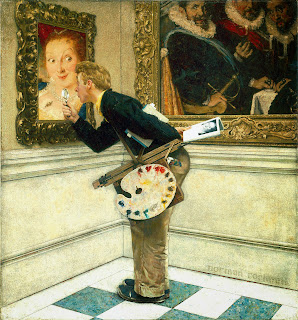Perfectionists possess pessimistic thought patterns that must be recognized before they can be changed. These patterns include:
- Self-centered thinking–relating negative events to oneself when there is no basis. Juliet doesn’t acknowledge Romeo’s greeting in the elevator. He immediately concludes Juliet doesn’t like him instead of considering she was deep in thought about a romantic play she had just seen.
- Polarized thinking–seeing things in the extreme. Bumstead gets passed over for a promotion. He sees only two choices: ask for a transfer or quit. He fails to see other options such as asking his boss how he can improve in his job, or getting advise from a trusted friend.
- Selective thinking–only focusing on a negative aspect of a situation. Webster attempting to make the college debate team participates in a practice debate. At the critique he gets many positive responses. His professor makes a suggestion for a way to improve his closing arguments. Webster ignores the positive feedback and dwells on this one comment that he considers negative.
- Magnified thinking–distorting the importance of particular events. Homer is a center fielder who wants to be drafted by a professional baseball team. He has a batting average of .389 but gets no hits during a two-game regional playoff. He becomes demoralized and thinks his baseball career is doomed.
- Overgeneralized thinking–Punch, a prize fighter, can’t remember Judy’s name. Punch overgeneralizes and says he can never remember anybody’s name. (There is a pun waiting to be stated here.)
Recognizing these thought patterns allows them to be challenged with a series of questions that will be discussed next.

